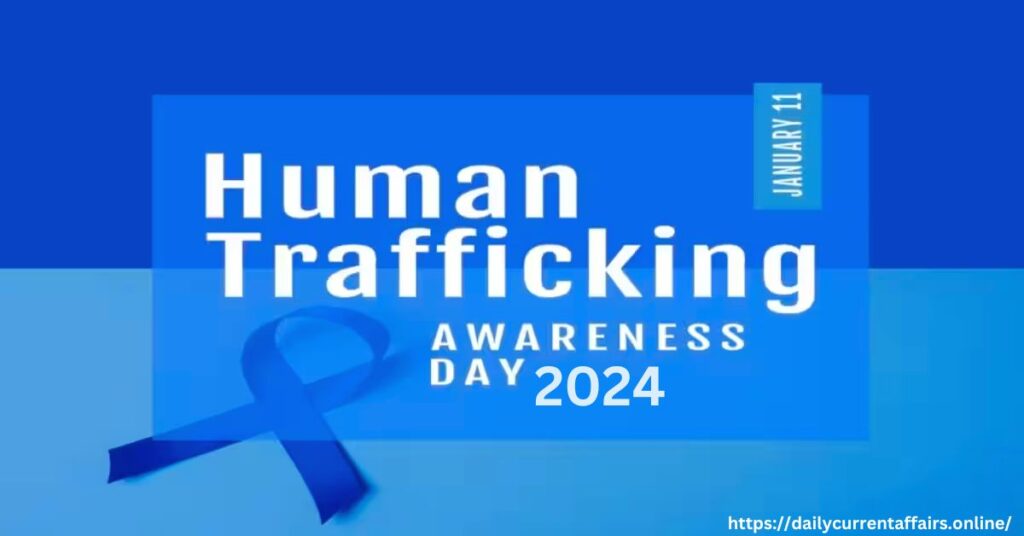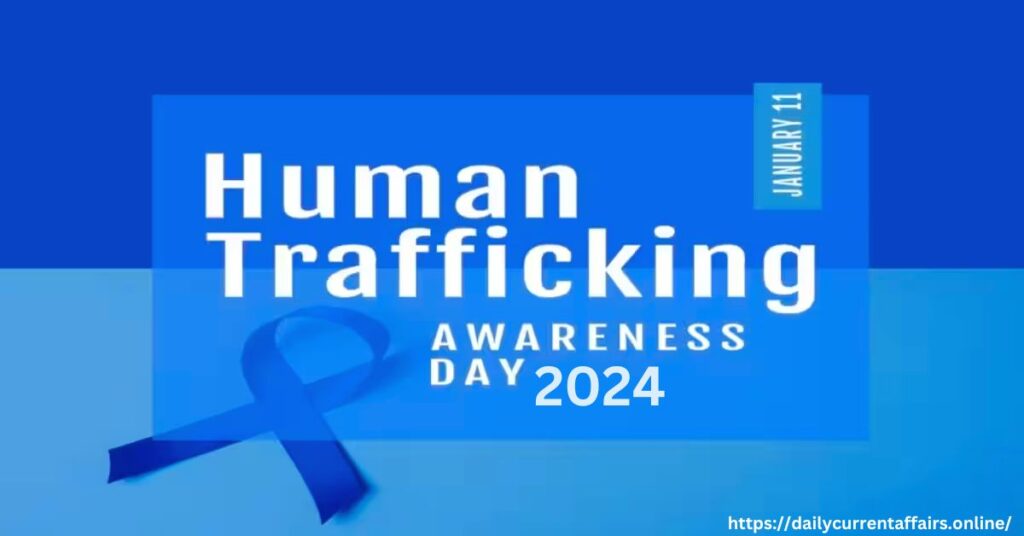
Table of Contents
On January 11, National Human Trafficking Awareness Day, the issue of human trafficking is still topical. January is already recognized nationally as Slavey and Human Trafficking Prevention Month but this particular day is dedicated to sensitizing people against such illegal acts. It differs from the World Day against trafficking persons, proclaimed by the UN. This national holiday was instituted by the Senate in 2007 and received wide public support ranging from individual contributions to state-sponsored activities. Human trafficking involves injustice and is something that can happen to people regardless of where they come from or their race.
Background to the National Human Trafficking Awareness Day
According to Unitas, human trafficking refers to the practice of using physical violence, emotional manipulation, deception, or drugs on another person for forced labor, domestic servitude, or commercial sexual activity. This is an act whereby innocent people are subjected to slavery and force without their consent and this practice has existed from time immemorial until today when many do not even realize it.
The slave trade in the 1400s and later is probably known to most people. The captivity and sale of African slaves by the Europeans who started it, saw millions of African captives taken into bondage for purposes of labor trade or sex exploitation. For many hundreds of years, this practice flourished in Spain, colonial America, Holland, France, Sweden, and Denmark.
The Transatlantic slave trade was only declared illegal by some governments in the late 1700s and early 1800s, including Great Britain (in 1807) and the USA (in 1820). The slave trade was declared a capital offense, albeit years later. before broader liberties are reached. Slavery was ended during the 1863 Emancipation Proclamation with the 1866 Thirteenth Amendment.
Discussions about “white slavery,” an older term for the sex trafficking of humans, started after governments admitted that the Transatlantic Slave trade was immoral. The International Convention for the Suppression of white slave traffic in 1904, was enshrined as law by European monarchies, and 12 countries adopted it. This was changed by the League of Nations, which renamed the term “white slavery” into “traffic in women and children.” ( Human Trafficking Awareness Day)
The movement against human trafficking made significant
advancements during the late 20th and early 21st centuries.) Modern-day slavery was introduced into U.S. laws in 2000 by passing the Trafficking Victims Protection Act the first federal law. An organization called Free The Slaves was formed by the American charity group Anti-slavery International which is part of anti-slavery International. In 2007, the US Senate passed a resolution declaring Jan. 11th as the National Human Trafficking Awareness Day. During this year, President Obama committed his whole month of January to awareness and avoidance of human trafficking. Currently, close to fifty established organizations are fighting illicit traffic around the world and greater publicity has been reached compared to previous times.

Also read our blog:- https://dailycurrentaffairs.online/2023/12/lal-bahadur-shastri.html

Leave a Reply